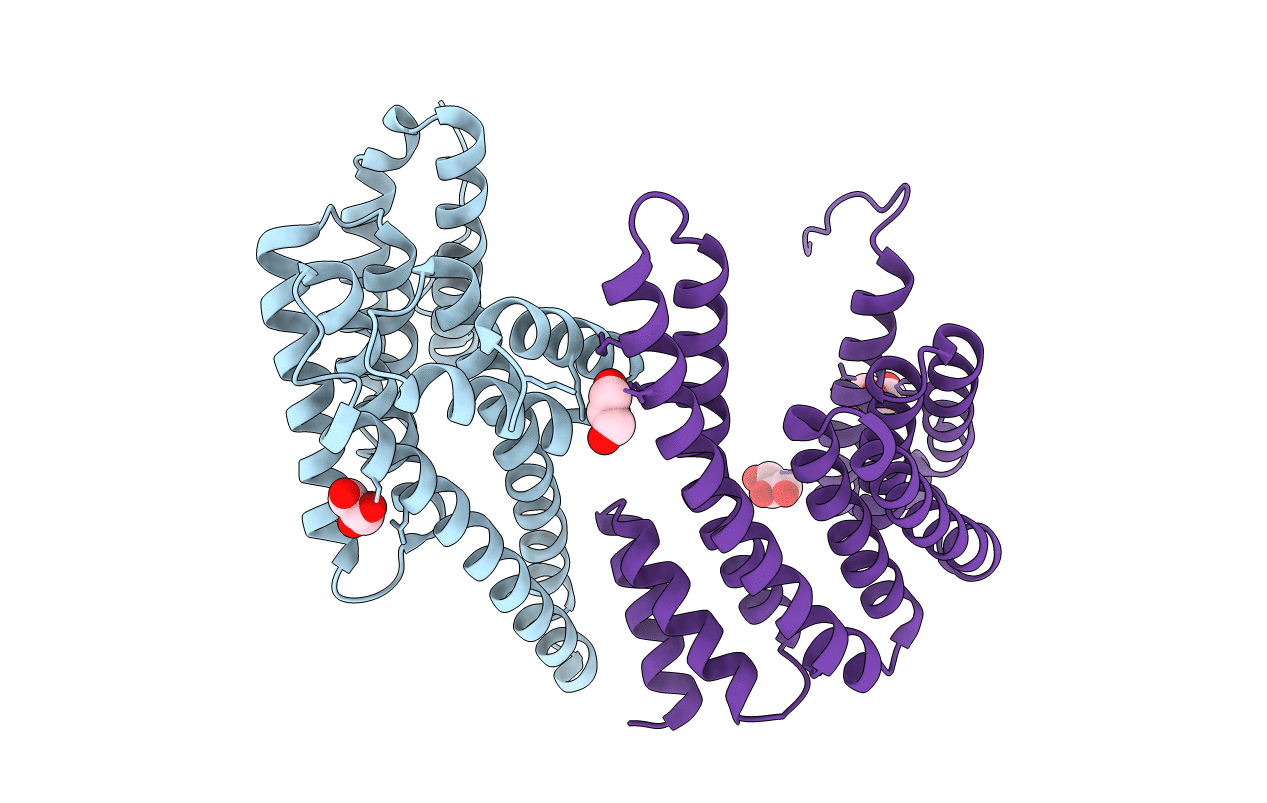
Deposition Date
2020-06-17
Release Date
2021-02-17
Last Version Date
2024-10-23
Entry Detail
PDB ID:
6ZFD
Keywords:
Title:
14-3-3 zeta bound to the phosphorylated 18E6 C-terminus
Biological Source:
Source Organism:
Homo sapiens (Taxon ID: 9606)
Human papillomavirus type 18 (Taxon ID: 333761)
Human papillomavirus type 18 (Taxon ID: 333761)
Host Organism:
Method Details:
Experimental Method:
Resolution:
1.90 Å
R-Value Free:
0.20
R-Value Work:
0.17
R-Value Observed:
0.17
Space Group:
P 21 21 21


